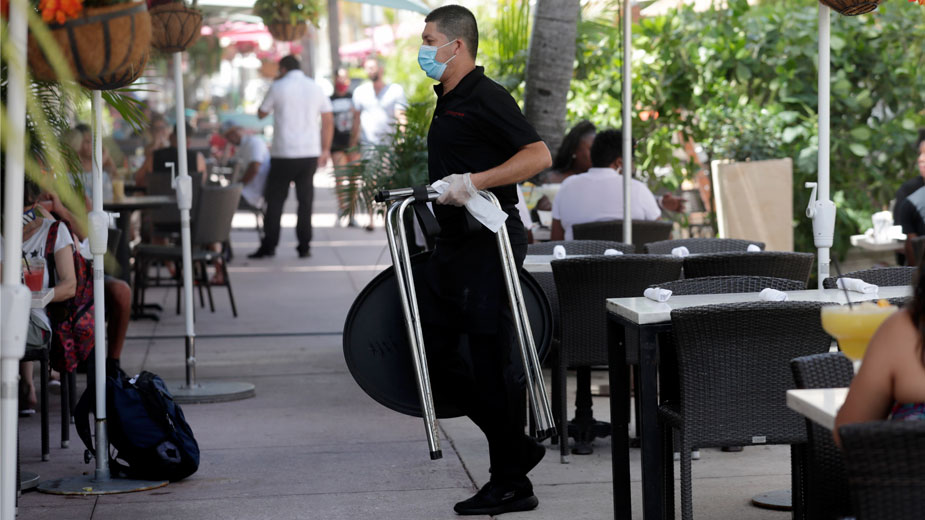As Covid Cases Spike, Middle Market Businesses Cautiously Optimistic
CLEVELAND, Ohio — A recent survey by KeyBank finds the U.S. business community is “slightly more optimistic” than in March when the coronavirus pandemic led to business shutdowns nationwide.
As parts of the country see spikes in cases of COVID-19, however, continued economy recovery for the rest of the year will be linked to public health and cooperation between the private sector and state and federal governments, according to the KeyBank report.
“The news is mixed,” says Timothy Burke, president of northeast Ohio, KeyBank. “While business leaders are concerned about the future impact of recent infection spikes, second quarter numbers have been, in many cases, better than the dire projections that many of our customers made.”
For its third quarter middle market sentiment survey, KeyBank surveyed 400 middle market business owners and executives – defined as those in the $10 million to $2 billion range. KeyBank conducts the survey quarterly to understand the impact current macroeconomic conditions and government policies have on he business environment. CLICK HERE to read the full report.
In short, the survey reports the impact of the pandemic on middle market businesses hasn’t gotten worse since the second quarter. Of the business owners surveyed, 51% stated they were either “very positive” or “somewhat positive” about their performance. Those who reported a negative perception improved to 26% compared to 37% from the survey in late March.
Regarding the impact of the pandemic on their business, 70% reported their business health is “as expected” or “better than original projections,” the report states.
In responding to COVID-19, the disease spread by the coronavirus, 76% of middle market businesses reported changing their operations somewhat or very much. Among the top actions taken were taking added safety measures, including transitioning to a remote workforce (75%); reducing employee headcount or compensation (57%); and seeking loans or lines of credit (51%).
Half of middle market businesses who implemented such changes report being somewhat or fully operational currently. Still, most businesses are operating with staff at pre-pandemic levels, according to the report.
“Of the middle market businesses that reduced their staffing in response to COVID-19, many companies are not likely to bring back all employees. However, bringing back employees who were furloughed is generally more likely than bringing back those who were laid off,” the report states.
Of those surveyed, 67% of employers look to bring back some or most of employees who were furloughed, compared to 44% who look to rehire some or most of the employees who were laid off, according to the report. Just 16% of businesses expect to bring back all employees who were furloughed, and 9% look to rehire all employees who were laid off.
“The majority of customers we’ve talked to believe that the Paycheck Protection Program was effective and helped to save many jobs at each of their companies,” says Burke. “Many would have laid off employees had it not been for that program.”
Source: KeyBank
Pictured: In this July 12, 2020, file photo, a waiter wears a protective face mask and gloves while working at the il bolognese restaurant along Ocean Drive during the coronavirus pandemic, in Miami Beach, Fla. Wages and benefits for U.S. workers rose at the slowest pace in three years in the April-June quarter, a sign that businesses are holding back on pay as well as cutting jobs in the coronavirus recession. (AP Photo/Lynne Sladky, File)
Published by The Business Journal, Youngstown, Ohio.



